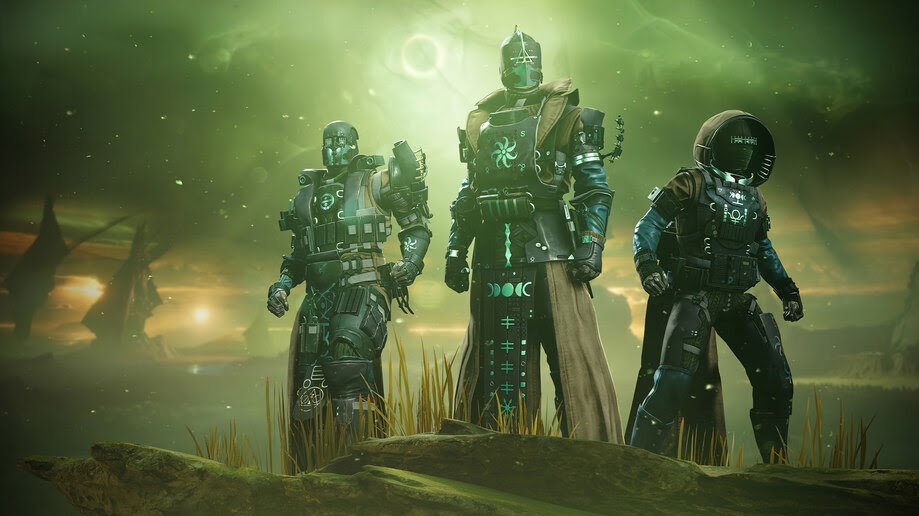
“For instance, editing songs together on 2-inch tape is always a little ‘iffy.’ Moving edits ends quickly in a tape looking like a zebra crossing, which can cause problems passing the heads, losing top-end.


“Their credo was, ‘this is how we are used to doing things,’” the co-producer said. In mid-1979 he’d eaten lunch with Giorgio Moroder who told him, “I hear you are working with Freddie Mercury.” This was news to Mack, who was finishing off a Gary Moore album in Los Angeles. Co-producer Mack recalls his involvement with Queen was something of a fluke. With Christmas over, the band were immersed in pre-production and more serious business at Musicland. Having completed the British leg of this mammoth undertaking with a winter stint they called the Crazy tour – 20 shows in the UK and Ireland that culminated in a Boxing Day special at London’s Hammersmith Odeon, which was a part of the “Concerts for the People of Kampuchea,” organized by Paul McCartney and UN Secretary-General Kurt Waldheim. Thereafter some writing and recording was done in Munich, holidays were taken, and then all back to Germany for an August date at Ludwigsparkstadion, Saarbrücken, their biggest Euro gig, to that point, aside from the 1976 London Hyde Park extravaganza.

The Europe leg of the Jazz tour (aka Live Killers) saw the band sweep through Northern Europe, with the emphasis on their increasingly rabid German fan base, while the World or Asian leg took them to Japan. Yet before these decisions could be made there was the business, as usual, of life on the road. Meanwhile, the Techno, before it was called Techno, methods that Mack brought to recording also necessitated that Queen finally relent and use synthesizers, an instrument they’d hitherto been proud to avoid unless one counts the Syndrum Roger Taylor tried out on “Fun It.”


 0 kommentar(er)
0 kommentar(er)
